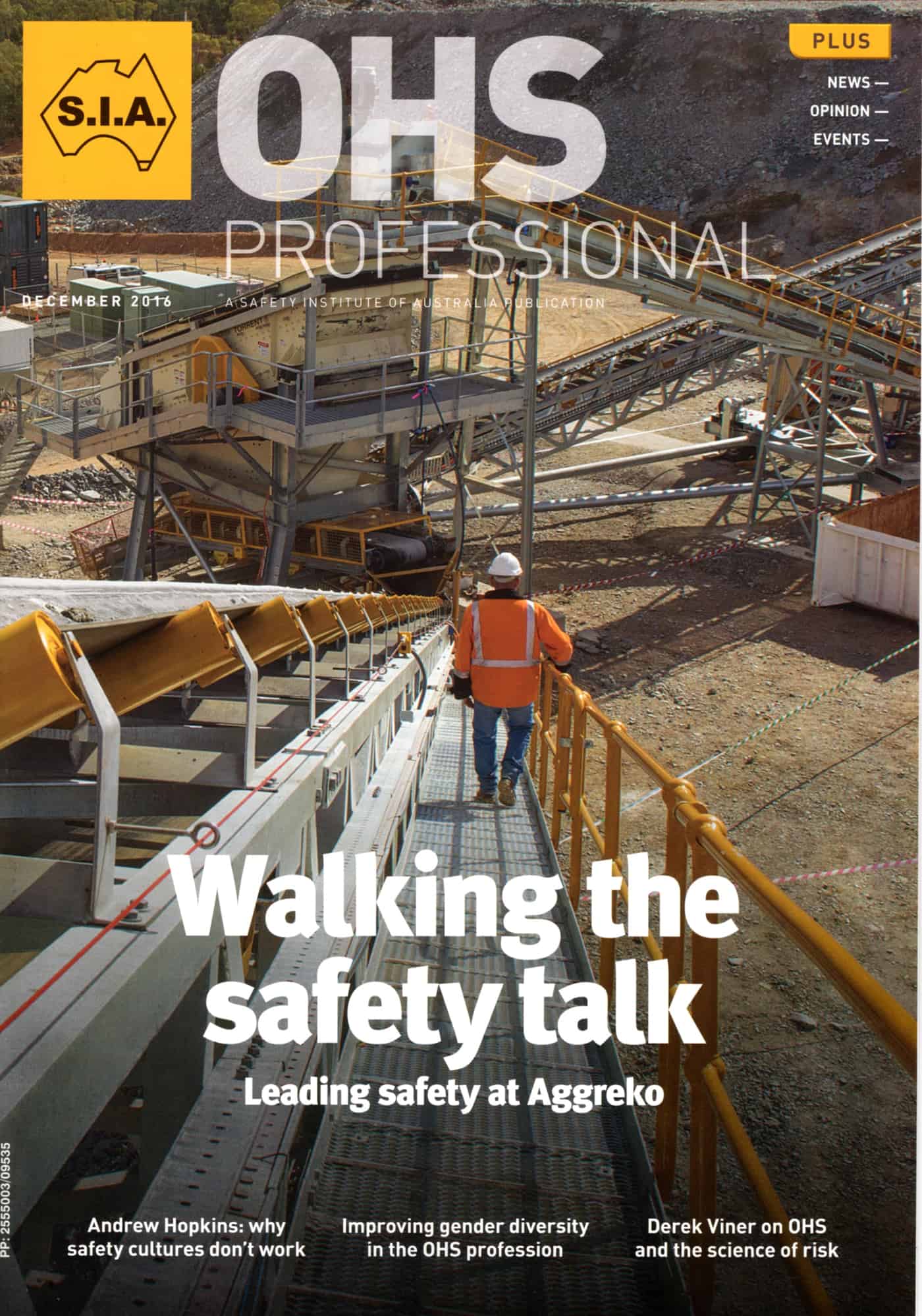Pages 13-14 of the Australian Capital Territory’s Hansard for December 14 2016 contained a curious discussion on work health and safety (WHS) funding.
The discussion was primarily looking for details on government funding of trade union WHS services. Rachel Stephen-Smith of the ruling Labor Party and responsible for workplace safety stated that part of the financial grant given to UnionsACT is for “undertaking research into work health safety”. Alistair Coe, Liberal leader of the opposition sniffed a political opportunity and asked:
“…has any of the research which has been undertaken by UnionsACT actually been published?”






